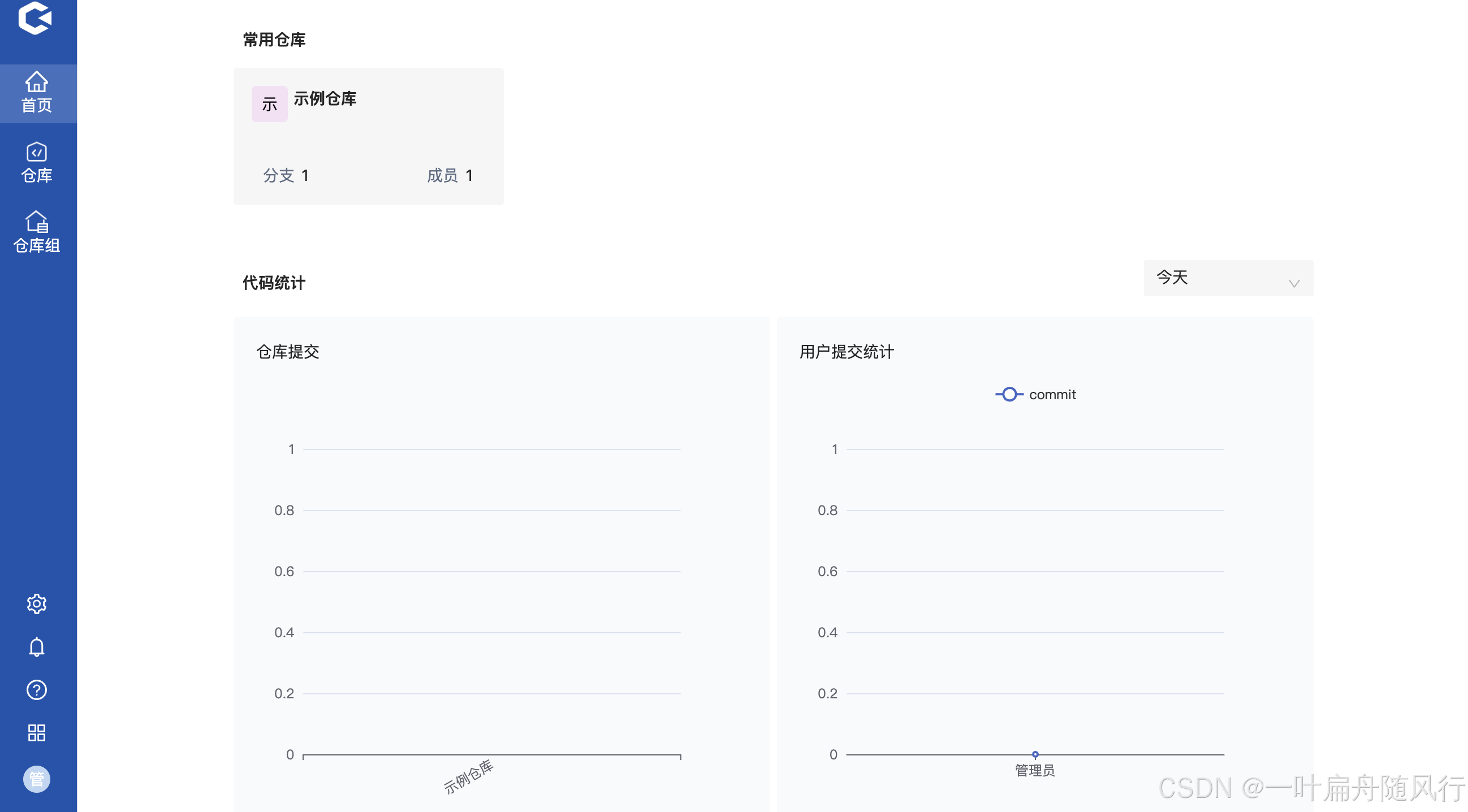1. 什么是阻抗控制?
阻抗控制旨在通过调节机器人与环境的相互作用,控制其动态行为。阻抗可以理解为一个力和位移之间的关系,涉及力、速度和位置的协同控制。
2. 阻抗控制的基本概念
- 力控制:根据感测的外力调节机械手的动作。
- 位置控制:按预定轨迹移动,确保执行器的到达准确性。
- 阻抗模型:通常用弹簧和阻尼器的组合来描述,主要参数包括刚度(K)和阻尼(D)。
3. 数学模型
阻抗控制可以通过以下方程表示:
F=K⋅(Xdesired−Xactual)+D⋅X˙
其中:
- F 是作用在机器人上的外力
- K 是刚度
- D 是阻尼
- Xdesired 是目标位置
- Xactual 是当前实际位置
- X˙ 是当前速度
4. 阻抗控制的应用
- 人机交互:在与人类操作员接触时,机器人需要根据外力调整自身的行为。
- 机器人手臂操作:在抓取和搬运物体时,需要根据物体的变化动态调整力。
- 运动康复:在康复训练设备中用于调节患者的运动过程。
介于阻抗控制,当人手握末端执行器并对其施加相应力和力矩时,可以牵引机器人按照人的想法改变其末端的位置和姿态
例题
假设有一个机械臂需要在一个移动的物体上施加恒定的力,同时避免碰撞。我们希望使用阻抗控制来实现这个目标。
步骤1:定义系统模型
我们可以将机械臂视为一个简单的质量-弹簧-阻尼器系统,其运动方程为:
![]()
其中:
- x是位置
- Fext 是外部施加的力
步骤2:选择阻抗参数
为使系统能够在希望的条件下工作,我们需要选择合适的参数M,D,和K。例如:
- 若希望系统在遇到障碍物时表现得较柔和,我们可能会选择较低的 K(低弹性)和 D(低阻尼)值。
- 若希望系统快速响应,可以选择较高的 D 和 M 值。
步骤3:控制算法
控制器需要根据外部环境力(例如,物体的重力、摩擦等)实时调整位置,例如使用一个比例-微分控制器(PD控制器)来控制位置。
控制方程可能如下:
步骤4:实施控制
在实际实施时,系统会持续监测所施加的外部力,并根据上述阻抗模型计算所需的控制力,以调整机械臂的位置和速度。
步骤5:验证和优化
通过实验,测试机械臂在与物体交互时的表现。根据其响应特性,可以进一步调整参数 MM、DD 和 KK,以优化控制效果。


















